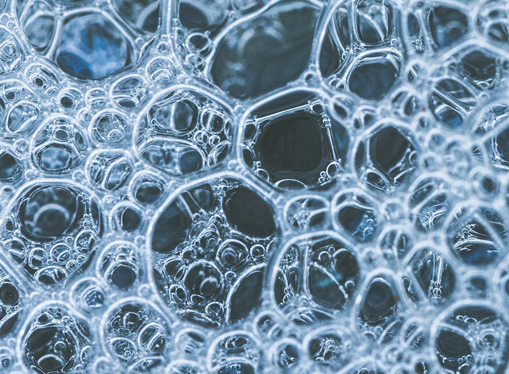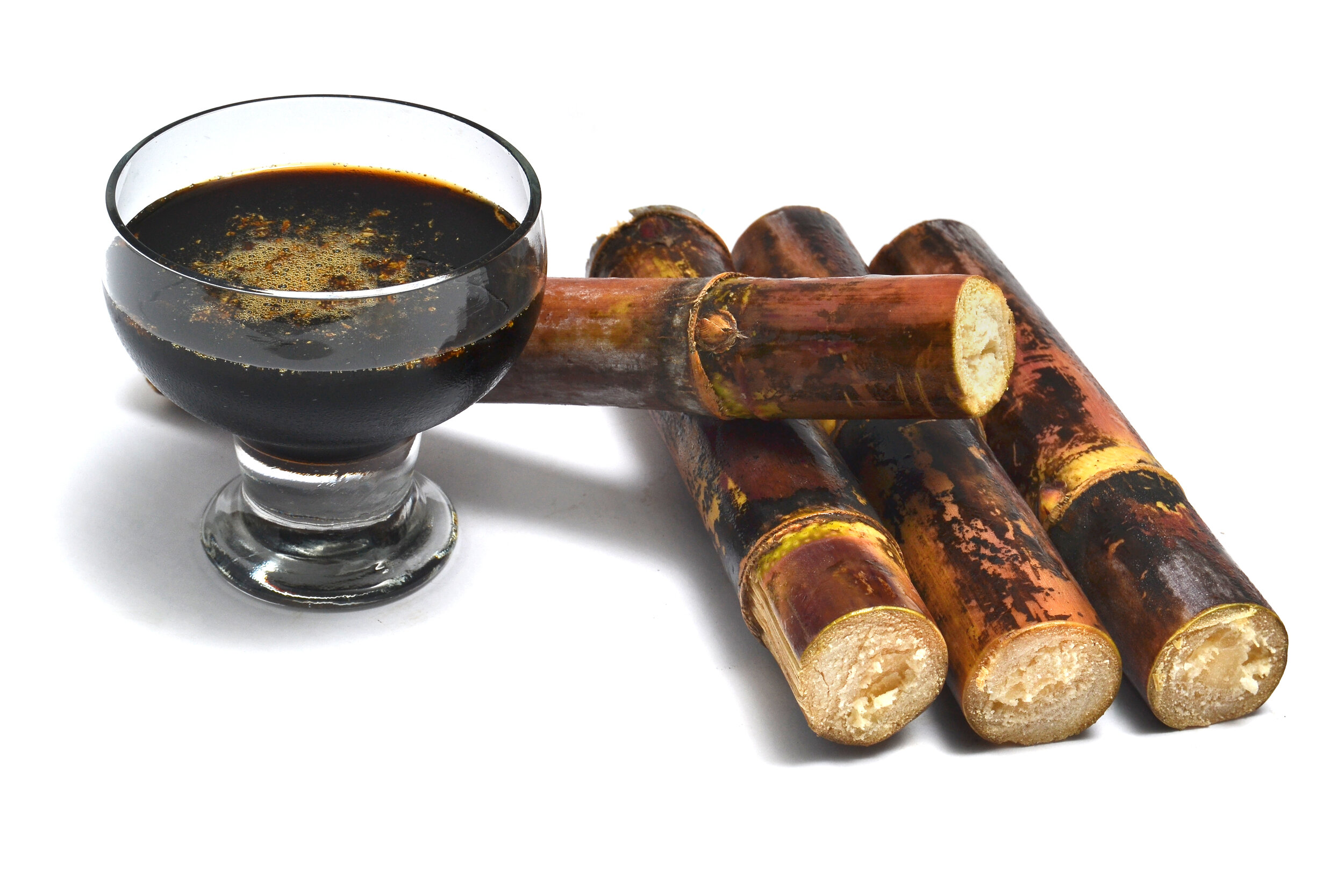Sweeteners Derived from sugar cane products That Define Culinary Experiences
The Comprehensive Trip of Sugar Cane: Recognizing Products and Production Methods
The trip of sugar cane is a complex procedure that starts in tropical regions with perfect expanding conditions. Cultivation practices are made to maximize return and sustainability. Collecting methods vary from typical hands-on strategies to modern-day mechanical methods. After harvest, sugar cane undergoes different processing phases to change it right into granulated sugar. This expedition reveals not only the ins and outs of production but likewise the wider effects for worldwide markets and the atmosphere. What exists past this first transformation?

The History of Sugar Cane Cultivation
Sugar cane cultivation dates back thousands of years, its origins can be traced to the tropical regions of Southeast Asia, where very early farmers first identified the plant's wonderful sap. This discovery led to the growing of sugar walking cane as a staple plant, slowly infecting India and the Middle East. By the very first millennium advertisement, sugar cane was being cultivated in these regions, where methods for extracting and refining sugar were developed.The plant acquired prestige in Europe during the Crusades, as returning soldiers brought understanding of sugar production back home. By the 15th century, the facility of sugar ranches started in the Caribbean, driven by the need for sugar in Europe. The transatlantic slave labor fueled this growth, as enslaved labor was made use of to make best use of production. Over centuries, sugar cane farming progressed, influencing economic situations and cultures worldwide, making it a substantial agricultural product.
Expanding Conditions and Agricultural Practices
The effective growing of sugar walking cane relies greatly on particular expanding problems and farming techniques. Ideal temperatures range in between 20 to 32 degrees Celsius, with well-distributed rainfall of 1,500 to 2,500 millimeters every year. Dirt quality is vital; fertile or sandy soils, rich in natural issue, advertise healthy growth.Farmers typically utilize different farming methods to improve yield. Plant turning and intercropping are typical methods to keep dirt fertility and control parasites. Normal irrigation may be necessary in drier areas, making certain that the plants obtain appropriate moisture. Fertilizing, especially with nitrogen and potassium, is vital for robust growth.Pest and weed management strategies, consisting of integrated pest monitoring (IPM), assistance to minimize losses. Lasting methods, such as marginal husbandry and natural farming, are acquiring grip among manufacturers to secure the environment. Jointly, these elements contribute greatly to the effective production of sugar cane.
Gathering Techniques and Timing
In sugar walking cane production, the choice in between guidebook and mechanical harvesting greatly affects performance and yield. Timing is additionally important, as harvesting at the optimal minute assurances optimal sugar content and decreases losses. Comprehending these elements is essential for effective sugar cane farming.
Handbook vs. Mechanical Harvesting
Harvesting sugar walking cane includes two primary techniques: guidebook and mechanical, each with distinct benefits and challenges. Hands-on harvesting, commonly performed by workers utilizing machetes, permits greater precision in reducing and decreases damages to the plant. It is typically favored in areas with irregular surface or where the plant is sprinkled with various other plants, as workers can navigate these intricacies more efficiently. It is labor-intensive and taxing. Conversely, mechanical harvesting utilizes specialized machines to cut and gather the walking cane quickly, increasing effectiveness and lowering labor costs. This technique is matched for large operations but can result in higher crop damage and dirt compaction. Ultimately, the choice between manual and mechanical harvesting depends on different aspects, consisting of financial factors to consider and ecological conditions.
Ideal Gathering Timing
Choosing the best moment to harvest sugar walking cane considerably influences both return and high quality. Ideal harvesting usually happens when the cane reaches complete maturation, typically between 12 to 18 months after growing. At this phase, sucrose levels height, ensuring the most effective sugar extraction prices. Climate problems also play an essential role; gathering during dry periods can prevent damage to the walking cane and reduce soil compaction. Furthermore, monitoring the plant's color and leaf decrease can indicate preparedness, as a yellowing of the fallen leaves recommends that the cane is ripe. Prompt harvesting is essential, as hold-ups can bring about reduced sugar web content and boosted vulnerability to insects and diseases, inevitably impacting general production performance.
Processing Methods: From Cane to Sugar
The processing of sugar walking cane includes crucial removal techniques that divide the juice from the fibrous plant material. Following extraction, the refining process transforms the raw juice into crystallized sugar, making sure purity and top quality. Comprehending these methods is crucial for comprehending the trip of sugar from walking stick to end product.
Extraction Strategies Introduction
Extraction methods play a significant duty in transforming sugar walking stick into useful sugar. The walking stick is gathered and moved to refining facilities where it goes through detailed cleaning to get rid of impurities - sugar cane why not find out more products. The next step includes squashing the cane using heavy rollers, which releases the juice consisting of sucrose. This juice is after that made clear via the addition of lime and warm, enabling pollutants to resolve out. After explanation, the juice is vaporized under regulated temperature levels to concentrate the sugar material. Consequently, condensation happens, where sugar crystals are created as the focused juice cools down. These techniques guarantee the effective removal of sugar while preserving the high quality needed for additional handling. Comprehending these techniques is vital for comprehending the total production of sugar from sugar walking cane
Refining Refine Explained
Refining sugar from the drawn out juice is an essential step that improves its pureness and high quality. This procedure entails a number of stages, beginning with explanation. The juice is warmed and treated with lime and other representatives to get rid of impurities, resulting in a clearer liquid. Next off, the made clear juice goes through evaporation, where water is removed to focus the sugar web content. The concentrated syrup is then taken shape by cooling down, allowing sugar crystals to form. These crystals are divided from the continuing to be syrup, called molasses, through centrifugation. The raw sugar is further improved with washing, filtration, and drying out, which gets rid of any continuing to be pollutants. The end item is the granulated sugar typically utilized in homes and industries worldwide, ensuring uniformity and sweetness.
Lasting Practices in Sugar Cane Production
Sugar cane production has generally relied on intensive farming methods, there is an expanding focus on sustainable techniques that promote ecological health and economic stability. Farmers are progressively taking on techniques such as plant turning, which enhances soil fertility and lowers pest invasions. Integrated parasite management (IPM) is also gaining traction, enabling for all-natural killers to control pest populations, consequently decreasing chemical pesticide use.In addition, advancements in watering techniques, such as drip watering, are being used to preserve water sources. Sustainable land management methods, including reduced tillage, help avoid soil erosion and keep biodiversity. Numerous producers are discovering organic farming methods, which avoid synthetic fertilizers and pesticides entirely, fostering a healthier environment.
The International Sugar Market and Economic Influence
Lasting techniques in sugar walking cane production not just profit the setting but likewise influence the dynamics of the global sugar market. As consumer need changes in the direction of morally produced products, countries taking on lasting methods gain affordable benefits. This pattern motivates significant sugar exporters, such as Brazil and India, to incorporate green techniques, therefore influencing worldwide pricing and supply chains.Moreover, fluctuations in production as a result of environment modification and environmental regulations can create volatility in sugar costs, affecting economic situations reliant on sugar exports. For instance, regions that invest in lasting farming may experience improved yield security, leading to far better market positioning.Economic effects extend past individual nations, as global trade agreements and tolls shape the affordable landscape. Ultimately, the interaction between lasting practices and market characteristics underscores the importance of adaptive techniques in a quickly changing economic setting, influencing both manufacturers and consumers in the international sugar market.
Advancements in Sugar Cane Use and By-products

As the need for sustainable resources expands, innovations in sugar cane utilization and byproducts are changing the agricultural landscape. Researchers and entrepreneurs are checking out unique additional hints applications that expand beyond conventional sugar production. One substantial growth is the conversion of bagasse, the fibrous residue left after juice extraction, into bioenergy and bioplastics (sugar cane products). This not just reduces waste but More Bonuses likewise supplies lasting power alternatives for processing facilities.In addition, improvements in fermentation technology have caused the production of biofuels, such as ethanol, from sugar walking cane, which adds to cleaner power remedies. The removal of molasses has actually opened up methods for developing value-added products like animal feed and specialized spirits.These technologies not just improve the economic stability of sugar walking stick growing yet also advertise environmental sustainability, making sugar walking cane a pivotal crop in the change towards a circular economic situation. The continuous exploration of its possible remains to produce promising outcomes
Often Asked Questions
What Are the Wellness Consequences of Consuming Sugar Cane Products?
The health results of consuming sugar walking stick items can vary. While they provide power and vital nutrients, extreme intake might lead to weight gain, raised blood sugar degrees, and a higher risk of oral problems. Moderation is key.
Exactly How Does Environment Adjustment Effect Sugar Cane Production?
Environment change significantly impacts sugar walking cane production by altering rainfall patterns and raising temperatures. These changes can bring about lowered yields, enhanced parasite pressures, and obstacles in preserving soil health, ultimately affecting both top quality and quantity of harvests.
What Is the Function of Sugar Cane in Biofuel Production?
The role of sugar walking stick in biofuel production is substantial; it serves as a sustainable power resource, converting sugars into ethanol. This procedure decreases reliance on nonrenewable fuel sources and helps alleviate greenhouse gas exhausts, promoting environmental sustainability.

Are There Any Alternate Sweeteners Originated From Sugar Cane?
Different sugar originated from sugar walking cane consist of molasses and walking stick sugar itself. These products offer sweetening options while retaining some nutritional advantages, making them prominent selections for customers seeking natural choices to fabricated sugar.
Exactly How Does Sugar Cane Farming Affect Resident Communities?
Sugar cane farming considerably effects local communities by giving employment possibility, improving local economies, and affecting social structures. It can additionally lead to ecological concerns and health and wellness problems, requiring a balanced strategy to sustainable practices - sugar cane products.